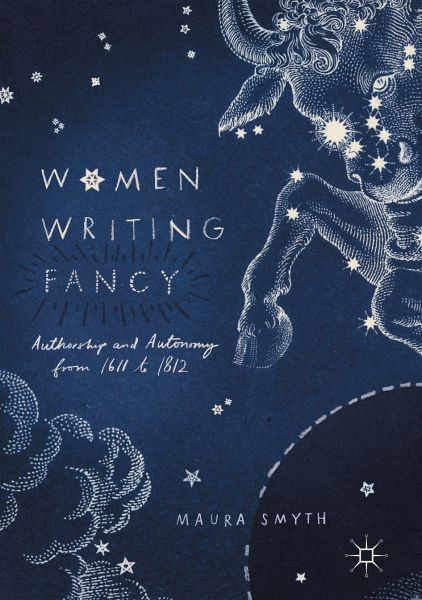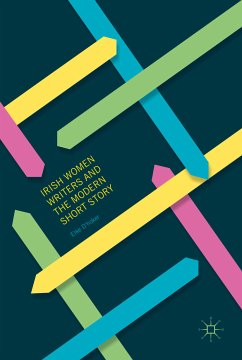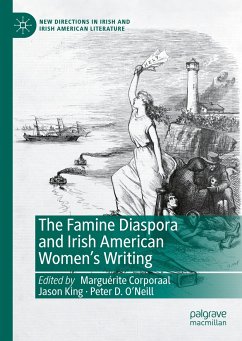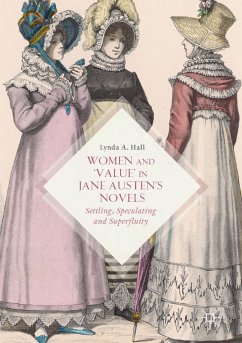
Women Writing Fancy (eBook, PDF)
Authorship and Autonomy from 1611 to 1812
Versandkostenfrei!
Sofort per Download lieferbar
72,95 €
inkl. MwSt.
Weitere Ausgaben:

PAYBACK Punkte
36 °P sammeln!
This book brings to the foreground the largely forgotten "Fancy" of the seventeenth and eighteenth centuries and follows its traces as they extend into the nineteenth and twentieth. Trivialized for its flightiness and femininity, Fancy nonetheless provided seventeenth- and eighteenth-century women writers such as Margaret Cavendish, Aphra Behn, Delarivier Manley, Eliza Haywood, and Anna Barbauld a mode of vision that could detect flaws in the Enlightenment's patriarchal systems and glimpse new, female-authored worlds and genres. In carving out unreal, fanciful spaces within the larger frame of...
This book brings to the foreground the largely forgotten "Fancy" of the seventeenth and eighteenth centuries and follows its traces as they extend into the nineteenth and twentieth. Trivialized for its flightiness and femininity, Fancy nonetheless provided seventeenth- and eighteenth-century women writers such as Margaret Cavendish, Aphra Behn, Delarivier Manley, Eliza Haywood, and Anna Barbauld a mode of vision that could detect flaws in the Enlightenment's patriarchal systems and glimpse new, female-authored worlds and genres. In carving out unreal, fanciful spaces within the larger frame of patriarchal culture, these women writers planted Fancy-and, with it, female authorial invention-at the cornerstone of Enlightenment empirical endeavor. By finally taking Fancy seriously, this book offers an alternate genealogy of female authorship and a new framework for understanding modernity's triumph.
Dieser Download kann aus rechtlichen Gründen nur mit Rechnungsadresse in A, B, BG, CY, CZ, D, DK, EW, E, FIN, F, GR, HR, H, IRL, I, LT, L, LR, M, NL, PL, P, R, S, SLO, SK ausgeliefert werden.
Alle Preise in Euro und inkl. der gesetzl. MwSt. | Innerhalb Deutschlands liefern wir preisgebundene Bücher versandkostenfrei. Weitere Informationen: bitte hier klicken
Support
Bitte wähle dein Anliegen aus:
Rechnungen
Bestellstatus
Retourenschein
Storno












